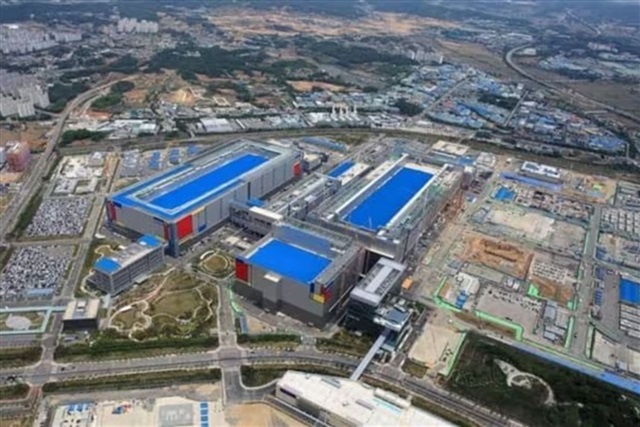
Broadcom delivered a strong second-quarter performance for fiscal 2025, with AI-driven growth continuing to dominate the company's outlook. In the earnings call, President and CEO Hock E. Tan emphasized a marked uptick in AI inference workloads, highlighting a broader shift among customers from training to deployment as they monetize their AI platforms. The company now expects its AI semiconductor business to maintain a 60% year-over-year growth trajectory into fiscal 2026, underscoring strong demand visibility and deployment momentum across hyperscale clients.
Sustained growth trajectory through 2026
"We don't see any reason why [growth] doesn't give a lead time visibility in '25. What we're seeing today, based on what we have visibility on 2026, is to be able to ramp up this AI revenue in the same trajectory," Tan said, adding that 2027 projections remain unchanged but optimistic.
A key contributor to this expansion is Broadcom's AI networking segment, which remained robust in the second quarter of 2025. Tan noted that networking revenue accounted for around 40% of the company's total AI revenue, mirroring the prior quarter's share and defying expectations of a decline. This strength is fueled in part by higher switch density requirements in scale-up data center environments, a trend Tan described as both surprising and encouraging.
Tomahawk 6 switch drives next-generation rollouts
Much of the optimism also surrounds Broadcom's newly introduced Tomahawk 6 switch, boasting 102.4 terabits per second throughput. Though still in proof-of-concept stages, the demand has been "tremendous," according to Tan. He said the switch is expected to significantly improve AI cluster performance by reducing interconnect latency and complexity. Tomahawk 6 will be central to next-generation AI data center rollouts starting next year.
Looking further ahead, Broadcom is preparing for a critical transition from copper to optical interconnects in dense AI clusters. Tan explained that while copper remains viable for interconnects involving up to about 72 processors, future clusters of 100+ will require optical solutions. He indicated that Broadcom is developing both co-packaged optics and cost-effective pluggable optics, suggesting broader adoption will occur over the next one to two years.
Margin pressures from custom AI accelerators
On the financial front, Broadcom's gross margin came under scrutiny. While third-quarter 2025 revenue is projected to rise by US$800 million, gross profit is expected to grow by only US$400–450 million. CFO Kirsten Spears attributed this primarily to a growing share of lower-margin custom AI accelerators, or XPUs, within the semiconductor portfolio. She said XPUs historically yield slightly lower margins than Broadcom's core semiconductor products outside of wireless, explaining the anticipated 130 basis point sequential margin decline.
"There's really nothing else going on other than that... the majority of it, quarter-over-quarter, is being driven by more XPUs," Spears said, adding that no unusual cost pressures were impacting guidance.
Tan echoed that sentiment, noting the mix shift as a natural outcome of scaling the AI business, and cautioned that simple margin math may not capture the full complexity of the evolving business model.
With AI spending showing no signs of slowing and foundational technologies like the Tomahawk 6 poised for scale-up, Broadcom appears set to maintain its leadership in AI infrastructure through 2026 and beyond.
Stay up to date with the latest in industry offers by subscribing us. Our newsletter is your key to receiving expert tips.

Samsung Electronics is transforming its Pyeongtaek Campus Line 4 (P4) in South Korea into a manufacturing base focusing on HBM4 production. Analysts indicate that Samsung is increasing the proportion

Samsung scores another major foundry victory, expanding its roster of high-profile clients on advanced nodes. After Tesla selected the company in July to produce its AI6 processor under a $16.5 billio

Texas Instruments, a leading analog IC maker, has released its Q3 2025 results, with its cautious Q4 outlook sparking concerns over the broader semiconductor market. According to Reuters, the company